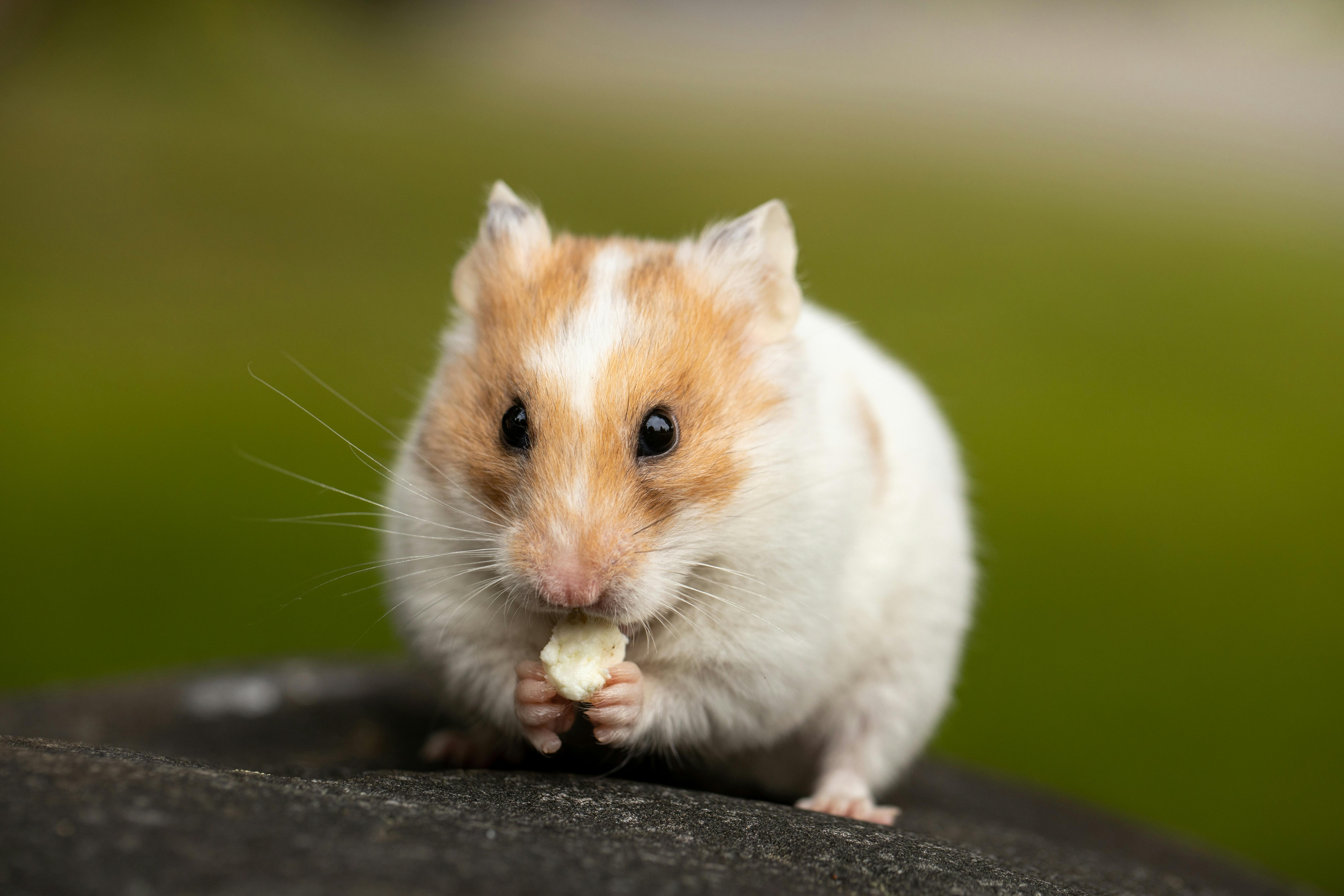Understanding the Intricacies of Hamster Behavior
Understanding the seemingly intricate behaviors of hamsters can be a fascinating endeavor. This article takes a deep dive into their world, offering an insightful perspective on their actions, habits, and tendencies. Hamsters belong to the rodent family and are native to Europe, Asia, and the Middle East. First discovered in Syria in the 1800s, they have since been bred extensively, resulting in the diverse range of hamster species available today. Despite their small size, hamsters have managed to leave a significant imprint on human culture and pet ownership trends.

The Hamster of Today: A Popular Household Pet
In the present day, hamsters are one of the most popular small pets. Their compact size, cute appearances, and relatively low maintenance needs make them a favorite choice among both children and adults. The most common species kept as pets include the Syrian hamster, dwarf hamster, and Chinese hamster.
The Market Impact of Hamster Ownership
Due to their popularity, hamsters have a significant impact on the pet industry. The market for hamster-related products, including cages, toys, and food, is estimated to be worth millions of dollars annually. This reflects the high demand for these products, as well as the commitment of pet owners to provide the best care for their furry friends.
Understanding Hamster Behavior: A Glimpse into Their World
Hamsters exhibit a range of behaviors that are intriguing to understand. For instance, they are crepuscular animals, which means they are most active during dawn and dusk. They are also known for their hoarding behavior, often storing food in their cheeks to eat later. Furthermore, hamsters are solitary animals, preferring to live alone rather than in groups.
The Importance of Research in Understanding Hamster Behavior
Research has played a crucial role in our understanding of hamster behavior. Through careful observation and study, scientists have been able to uncover the reasons behind various actions, such as their burrowing habits, which are an instinctive behavior for protection against predators. These insights help pet owners provide a more suitable environment for their hamsters, enhancing their wellbeing and lifespan.
In conclusion, understanding hamster behavior can be a fascinating journey. From their historical origins to their present-day popularity, these tiny creatures have much to offer in terms of insights into their world. By understanding their behavior, we can ensure that we provide the best care for these adorable pets, contributing to their happiness and longevity.




